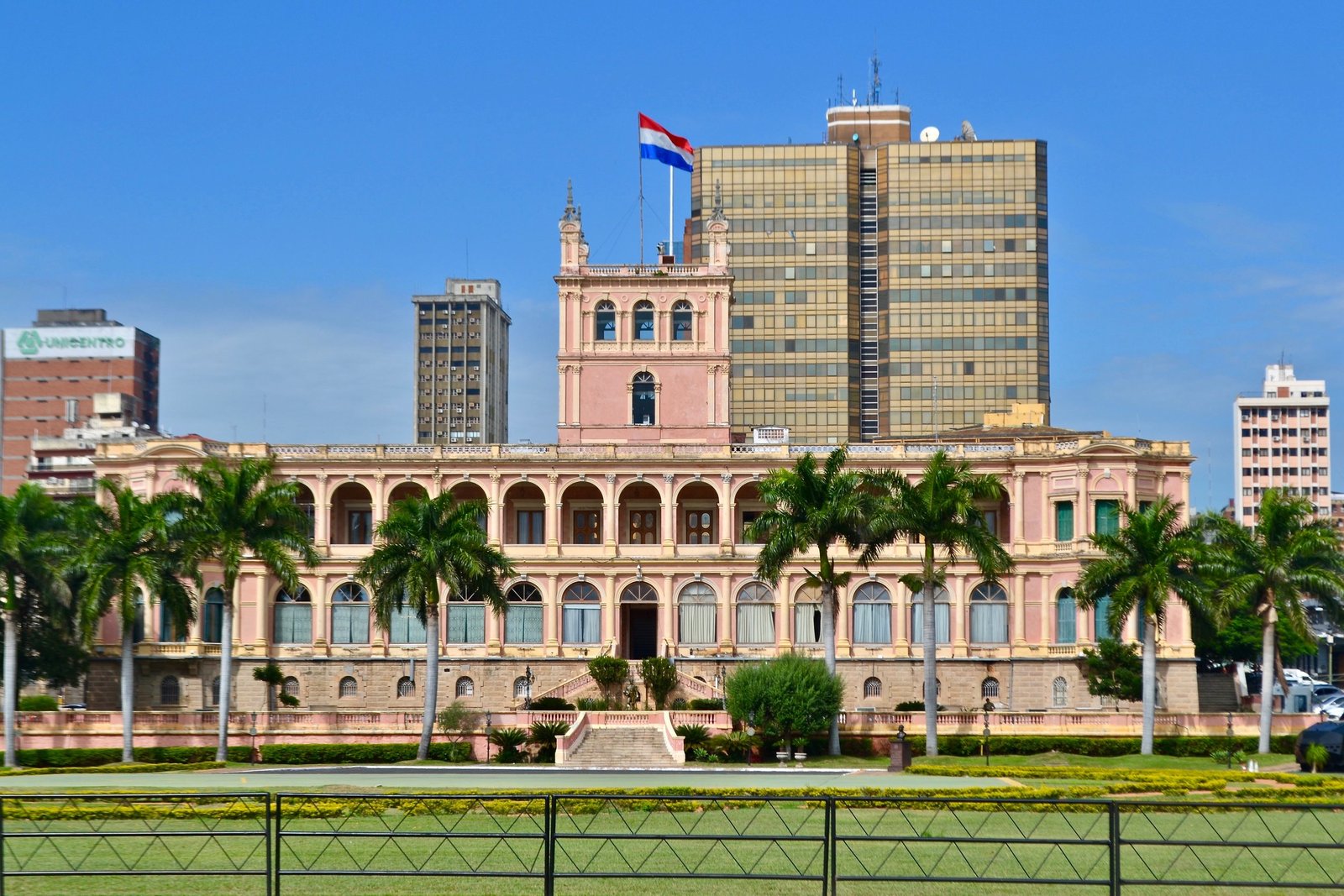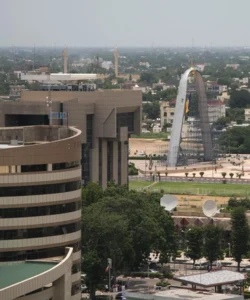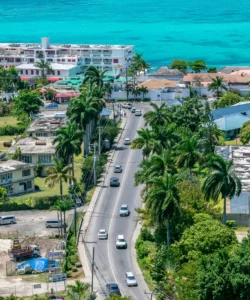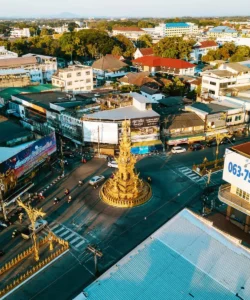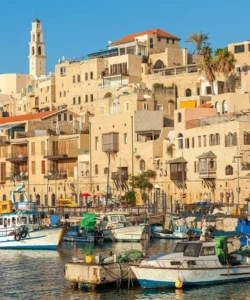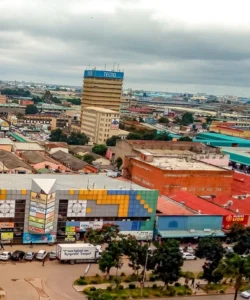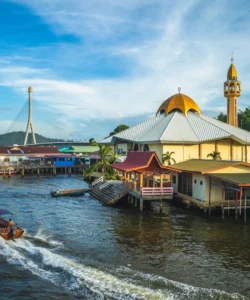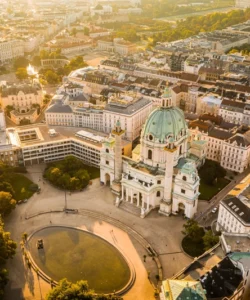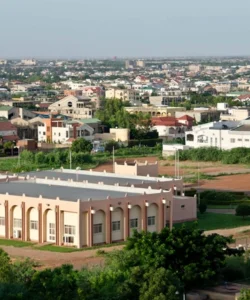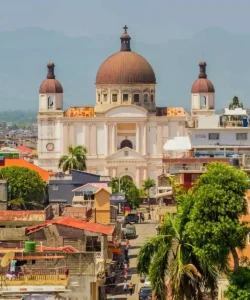Paraguay is a landlocked country in the heart of South America, often referred to as the “Heart of South America.” It is known for its strong Guarani culture, vast Chaco region, and Jesuit missions.
![]()
Area and Population:
Paraguay covers an area of approximately 406,752 km² (157,048 sq mi). Its population is estimated to be around 6.9 million inhabitants (as of 2024).
Language:
Paraguay is unique in the Americas for being a truly bilingual nation. Both Spanish and Guarani are official languages and are widely spoken by the majority of the population. Guarani is often used in informal settings and cultural expressions.
Currency:
The currency of Paraguay is the Paraguayan Guarani (PYG).
Religion:
The predominant religion in Paraguay is Catholicism, accounting for the majority of the population, a strong legacy of Spanish colonization. Various Protestant denominations also have a significant presence.
Capital:
The capital city of Paraguay is Asunción, located on the east bank of the Paraguay River. It is one of the oldest cities in South America and the country’s political, economic, and cultural center.
Major Cities:
Besides Asunción, other significant cities in Paraguay include:
- Ciudad del Este: A major commercial hub and free-trade zone located on the Triple Frontier with Brazil and Argentina, known for its bustling markets.
- Encarnación: A city in the south, known for its vibrant carnival and proximity to the Jesuit Missions.
- Concepción: A historical city in northern Paraguay on the Paraguay River.
- San Bernardino: A popular resort town on Lake Ypacaraí.
Attractions and Wonders:
Paraguay’s attractions often appeal to those seeking off-the-beaten-path experiences, unique cultural insights, and historical exploration.
- Jesuit Missions of La Santísima Trinidad de Paraná and Jesús de Tavarangue: UNESCO World Heritage sites, these are the impressive ruins of 18th-century Jesuit reducciones (missions) that showcase a unique fusion of indigenous and European cultures.
- Itaipu Dam: One of the largest hydroelectric power plants in the world, shared with Brazil. It’s an impressive engineering marvel and offers guided tours.
- Parque Nacional Ybycuí: A national park known for its lush forests, waterfalls, and a historic iron foundry museum.
- Cerro Cora National Park: A historical site and national park in the northeast, known for its natural beauty and as the site of the last battle of the War of the Triple Alliance.
- Asunción: Explore its historic center with colonial buildings, the National Pantheon of the Heroes, and the bustling Mercado Cuatro.
- Chaco Boreal: A vast, sparsely populated, semi-arid region in western Paraguay, known for its unique ecosystem, diverse wildlife (including jaguars, tapirs, and peccaries), and indigenous communities. It’s an adventure destination for nature enthusiasts.
- Lake Ypacaraí: A picturesque lake near Asunción, popular for recreation and known for its folklore.
- Pantanal (Paraguayan section): A smaller portion of the vast Pantanal wetlands extends into northern Paraguay, offering similar wildlife viewing opportunities as its larger Brazilian counterpart, but in a more remote setting.
Architecture:
Paraguayan architecture primarily reflects Spanish colonial influences, particularly in older parts of Asunción and other historical towns. However, it is generally less ornate than in some other South American capitals.
- Colonial Architecture: Simple but charming colonial-era buildings can be found, particularly in Asunción’s historic center.
- Modern Architecture: Newer developments in Asunción and Ciudad del Este feature contemporary designs.
- Jesuit Mission Architecture: The ruins of the Jesuit Missions showcase a distinct style, combining European Baroque elements with indigenous craftsmanship, utilizing local stone and techniques.
Roads:
Paraguay’s road network has seen improvements, but its quality varies. Major highways, like Ruta 2 (connecting Asunción to Ciudad del Este) and Ruta 7, are generally paved and in good condition. However, many roads, especially in rural areas and the vast Chaco region, are unpaved, prone to becoming muddy during the rainy season, and can be challenging to navigate. Public bus services connect most major towns.
Hotels:
In Asunción and Ciudad del Este, you can find a range of hotels from international chains to local hotels and budget-friendly options. In other towns, accommodation is generally simpler, consisting of local hotels and guesthouses. For visits to the Chaco or nature reserves, more rustic lodges or basic accommodations are available.
Restaurants and Cuisine:
Paraguayan cuisine is hearty and often features corn, cassava (manioc), and meat. It has strong indigenous (Guarani) influences, along with Spanish, and some Italian and German culinary contributions.
- Key Dishes:
- Sopa Paraguaya: Despite its name (“Paraguayan Soup”), it’s a savory, dense, cornbread-like cake made with corn flour, cheese, onions, and milk, often served with grilled meat.
- Chipas: Ring-shaped cheese bread made with cassava starch and cheese, a popular snack often sold by street vendors.
- Mandioca (Cassava/Yuca): A staple root vegetable, often served boiled or fried as an accompaniment to almost any meal.
- Asado: Similar to Argentina, grilled meat (especially beef) is a very popular and central part of Paraguayan cuisine and social gatherings.
- Parrillada: A mixed grill platter.
- Vori-Vori: A hearty chicken or beef soup with small corn flour and cheese dumplings.
- Milanesa: Breaded and fried meat cutlets, a common dish.
- Tereré: A highly popular cold mate infusion, a social drink often shared among friends, especially refreshing in Paraguay’s hot climate.
- Restaurants: In Asunción, you’ll find a variety of restaurants, from traditional Paraguayan eateries to international cuisine. In other cities and towns, local restaurants (churrasquerias for grilled meats) and simpler eateries are more common. Food markets are excellent places to try local snacks and fresh produce.
